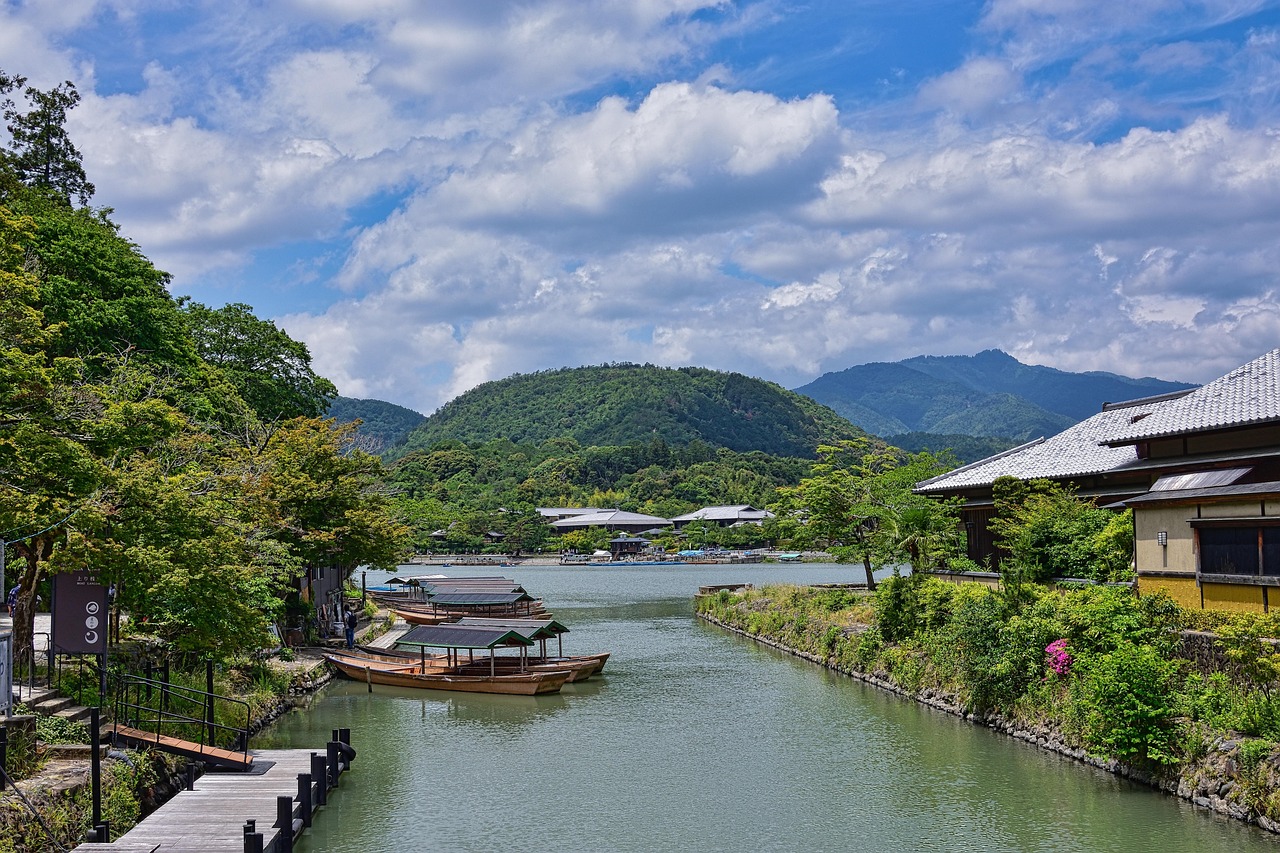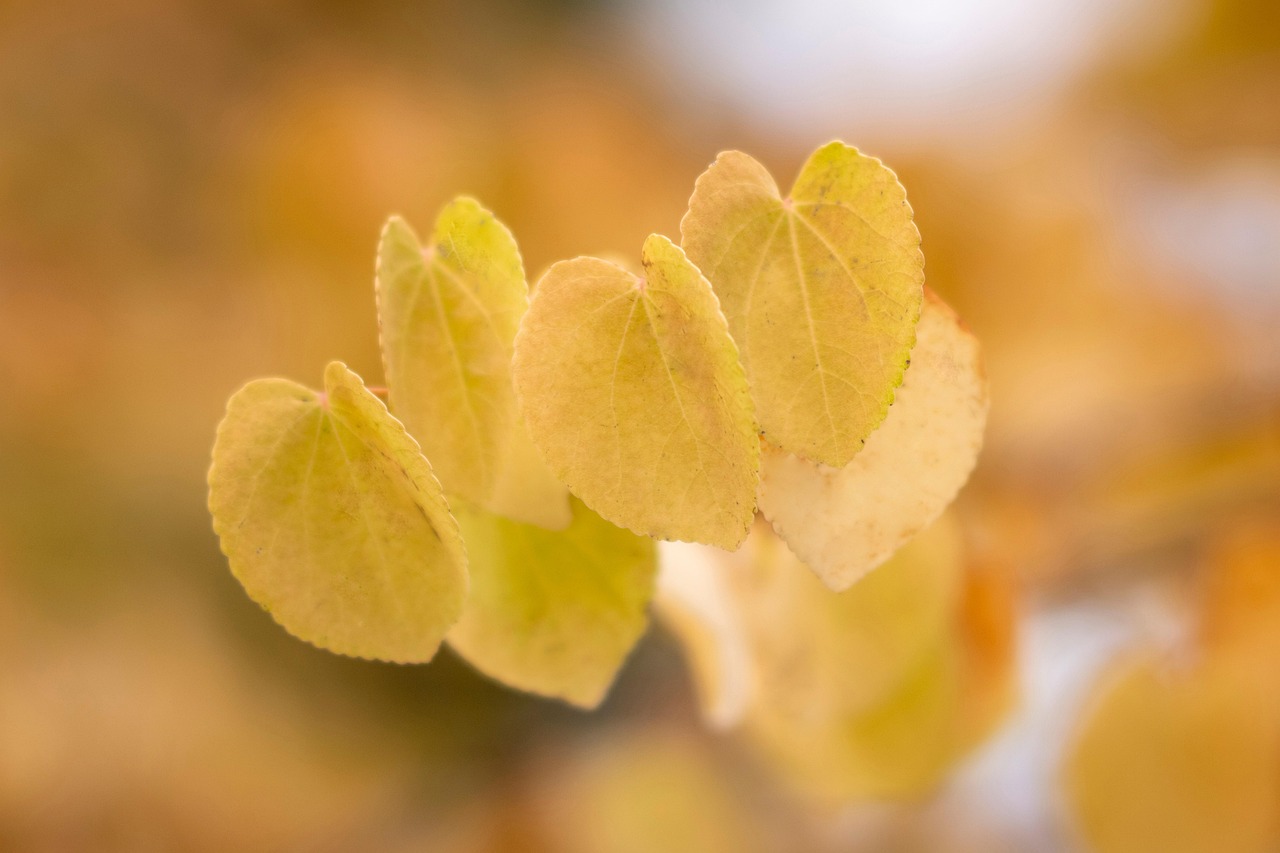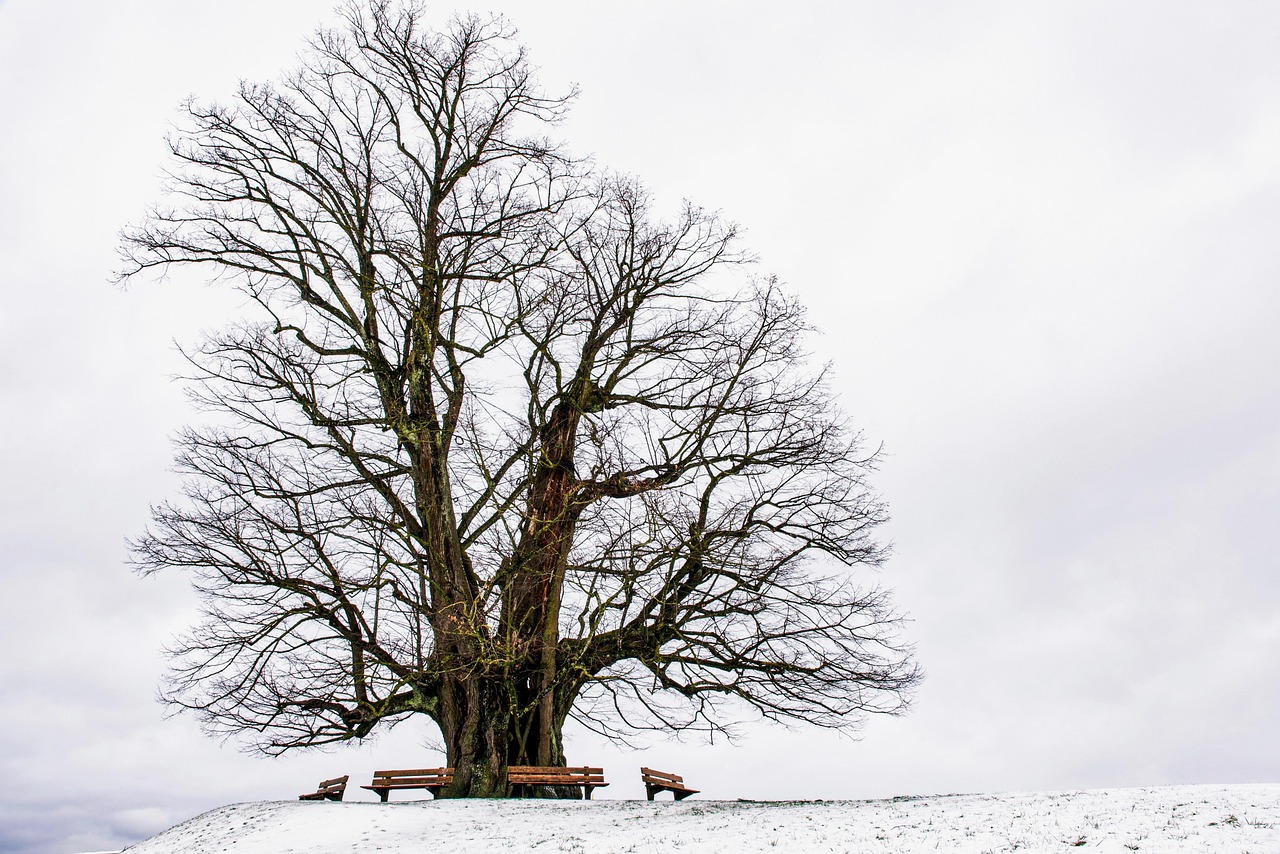The Katsura tree (Cercidiphyllum japonicum) typically grows at a moderate rate of about 1 to 2 feet per year. In the fall, its leaves transform into vibrant hues of yellow, orange, and red, creating a stunning display that enhances any landscape.
Understanding the Katsura Tree
The Katsura tree is native to Japan and China, known for its unique heart-shaped leaves and fragrant blossoms. This deciduous tree can reach heights of 40 to 60 feet and often has a spread of 25 to 35 feet. Its growth habit and overall appearance make it a popular choice for landscaping in parks and large gardens.

One of the most appealing features of the Katsura tree is its foliage. During the spring and summer months, the leaves are a lush green. As autumn approaches, the leaves begin to change color. This transformation results in a stunning display of yellows, oranges, and reds that draws attention and admiration from onlookers.
Understanding the growth rate of the Katsura tree is essential for gardeners and landscapers who want to maximize their autumn color display. The tree’s moderate growth rate means it will take several years to reach its full height and width. However, with appropriate care, it can thrive and produce vibrant fall colors within just a few years after planting.
Growth Rate Factors
The growth rate of the Katsura tree can be affected by several factors, including soil type, water availability, sunlight exposure, and climate conditions. Here are some key points regarding these factors:

- Soil Type: Katsura trees prefer well-drained soils that are rich in organic matter. Poor soil can slow growth.
- Water Availability: Consistent moisture is crucial. Trees that are watered regularly tend to grow faster than those that experience drought conditions.
- Sunlight Exposure: Full sun to partial shade is ideal for optimal growth and color development. Trees that receive adequate sunlight will show better autumn colors.
- Climate Conditions: Katsura trees thrive in hardiness zones 4 to 8. Extreme weather conditions can impact their growth rate.
Autumn Leaf Color Development
The transition from green to vibrant fall colors is influenced by environmental conditions. As daylight hours shorten and temperatures drop in autumn, chlorophyll production decreases in the leaves. This process allows other pigments to become more visible, resulting in stunning colors. The following pigments contribute to the autumn foliage of the Katsura tree:
| Pigment | Color | Role in Color Change |
|---|---|---|
| Chlorophyll | Green | Dominates in summer; breaks down in autumn. |
| Carotenoids | Yellow/Orange | Become visible as chlorophyll degrades. |
| Anthocyanins | Red/Purple | Produced in response to light and temperature changes; enhances autumn colors. |
The Katsura tree’s vibrant autumn colors are not only beautiful but also serve as a signal of seasonal change. Gardeners often plan their plantings around this display to create a visually appealing landscape throughout the year.
Caring for Your Katsura Tree
If you wish to enhance the growth rate and autumn color display of your Katsura tree, proper care is essential. Here are some tips for maintaining healthy growth:

- Ensure proper planting depth and spacing to allow for maximum growth.
- Water regularly, especially during dry spells.
- Apply mulch around the base to retain moisture and regulate soil temperature.
- Fertilize with a balanced fertilizer in early spring to promote healthy growth.
The effort put into caring for your Katsura tree can result in a striking display of autumn foliage, making it a cherished addition to any landscape.
Common Pests and Diseases
Like any tree, the Katsura tree can be susceptible to various pests and diseases. Identifying these issues early can help maintain the tree’s health and ensure vibrant autumn colors. Here are some common pests and diseases that may affect Katsura trees:
- Scale Insects: These pests attach to the leaves and stems, sucking sap and weakening the tree. Heavy infestations can lead to leaf drop and reduced growth.
- Aphids: Small and sap-sucking, aphids can distort leaves and promote sooty mold growth. They often appear in clusters on new growth.
- Leaf Spot: This fungal disease causes dark spots on leaves, leading to premature leaf drop. It typically thrives in humid conditions.
- Powdery Mildew: Characterized by a white powdery substance on leaves, this fungal issue can inhibit photosynthesis and weaken the tree.
Identifying Pests and Diseases
Awareness of the signs of pest damage or disease is crucial for timely intervention. Here are some symptoms to watch for:

- Discoloration: Leaves that turn yellow or brown unusually may indicate stress or disease.
- Leaf Drop: Early leaf drop can signal infestations or environmental stress.
- Stunted Growth: If your Katsura tree is not growing as expected, consider checking for pests or nutrient deficiencies.
Treatment Options
If you notice signs of pests or diseases, there are several treatment options available:
- Insecticidal Soap: Effective against soft-bodied insects like aphids and scale. It disrupts the insect’s cell membranes.
- Neem Oil: A natural pesticide that can deter a variety of pests while being safe for beneficial insects.
- Fungicides: Use fungicides to treat fungal infections like leaf spot and powdery mildew. Always follow package instructions for application.
- Pruning: Remove severely affected branches to prevent the spread of disease and improve air circulation.
Soil and Nutrient Requirements
The soil quality directly impacts the growth rate and overall health of the Katsura tree. Here are key points to consider regarding soil and nutrients:
- Soil Type: Katsura trees thrive in loamy, well-drained soil that retains some moisture. Avoid heavy clay or overly sandy soils that do not retain nutrients effectively.
- pH Level: Aim for a soil pH between 6.0 and 7.0. Conducting a soil test can help determine if amendments are necessary.
- Nutrient Needs: Regularly applying a balanced fertilizer can support continued growth. Look for fertilizers high in nitrogen, phosphorus, and potassium.
The Role of Pruning
Pruning is an essential practice for maintaining healthy Katsura trees. Proper pruning encourages better air circulation, sunlight penetration, and overall tree structure. Here are some pruning tips:
- Timing: The best time to prune a Katsura tree is in late winter or early spring before new growth begins.
- Remove Dead or Diseased Wood: Clear out any dead or diseased branches to promote healthy growth.
- Shape the Tree: Focus on maintaining an open canopy to allow light to reach all parts of the tree.
- Avoid Topping: Topping can damage the tree and lead to poor growth patterns.
The Benefits of Planting Katsura Trees
Katsura trees offer numerous benefits beyond their stunning autumn colors. Here are some reasons why they make excellent additions to gardens and landscapes:
- Aesthetics: Their unique foliage and shape provide visual interest throughout the seasons.
- Shade Provider: Mature Katsura trees offer ample shade, making them ideal for parks and residential areas.
- Wildlife Habitat: These trees attract various birds and insects, contributing to biodiversity in the landscape.
- Cultural Significance: In Japan, Katsura trees are often associated with beauty and tranquility, making them popular in traditional gardens.
With proper care and attention, the Katsura tree can thrive, providing beauty and benefits for years to come. Understanding its specific needs will help you cultivate a healthy tree that offers a breathtaking display of autumn colors.
Environmental Considerations for Katsura Trees
The Katsura tree is a versatile species that adapts well to various environmental conditions. However, understanding its specific preferences can significantly enhance its growth rate and autumn leaf color. Here are some key environmental considerations for planting and caring for Katsura trees:
Temperature and Hardiness Zones
Katsura trees thrive in USDA hardiness zones 4 to 8. They can tolerate a range of temperatures but prefer moderate climates. Here’s a breakdown of their temperature tolerances:
| Hardiness Zone | Temperature Range (°F) | Comments |
|---|---|---|
| Zone 4 | -30 to -25 | Can tolerate cold winters with proper care. |
| Zone 5 | -20 to -10 | Well-suited for this zone with good growth. |
| Zone 6 | -10 to 0 | Thrives well; can handle mild winters. |
| Zone 7 | 0 to 10 | Optimal growth conditions available. |
| Zone 8 | 10 to 20 | Grows well, but may need extra water during hot summers. |
Sunlight Requirements
Katsura trees flourish in full sun to partial shade. Ideally, they should receive at least six hours of direct sunlight each day. Here are the benefits of proper sunlight exposure:
- Enhanced Growth: Adequate sunlight promotes robust growth and a fuller canopy.
- Color Development: Strong sunlight helps in the production of pigments that contribute to vibrant autumn colors.
- Disease Resistance: Proper sunlight exposure reduces the likelihood of fungal diseases that thrive in shaded, damp conditions.
Irrigation Practices
Irrigation is crucial for the healthy establishment and growth of Katsura trees, especially during their first few years. Here are important irrigation practices to consider:
Watering Guidelines
Katsura trees prefer consistently moist soil but do not tolerate standing water. Here are some watering guidelines:
- Frequency: Water deeply once a week during dry spells. Increase frequency in extremely hot weather.
- Soil Moisture: Check soil moisture by digging a few inches down. If the soil feels dry, it’s time to water.
- Avoid Overwatering: Ensure good drainage to prevent root rot. Raised beds or mounding can help improve drainage.
Companion Planting with Katsura Trees
When planning a landscape that includes Katsura trees, consider companion planting. Choosing the right plants can enhance the garden’s beauty while supporting the growth of the Katsura tree. Here are some suitable companions:
- Hostas: Their lush foliage contrasts beautifully with the Katsura’s leaves and thrives in similar conditions.
- Astilbe: This perennial adds color and texture, blooming in late spring and early summer.
- Ferns: They thrive in shaded areas beneath the tree, creating a layered look in the landscape.
- Dogwood Trees: These small trees complement Katsuras with their own stunning flower displays.
Seasonal Care for Katsura Trees
Caring for Katsura trees involves seasonal attention to ensure their health and vitality. Here’s a seasonal care guide:
Spring Care
In spring, focus on promoting new growth:
- Fertilization: Apply a balanced fertilizer as new growth begins.
- Pruning: Remove any dead or damaged branches after the last frost.
Summer Care
During summer, maintain moisture and monitor for pests:
- Irrigation: Water deeply during dry spells.
- Pest Inspection: Regularly check for signs of pests and treat promptly.
Autumn Care
As autumn approaches, prepare for leaf drop:
- Leaf Cleanup: Rake fallen leaves to prevent disease buildup.
- Mulching: Apply mulch around the base to insulate roots as temperatures drop.
winter Care
The winter months require minimal intervention, but some care is necessary:
- Protection from Wind: Consider wrapping young trees to protect them from harsh winds.
- Irrigation Check: Ensure adequate moisture levels if winter is dry.
This seasonal approach will help keep your Katsura tree healthy while allowing it to showcase its magnificent autumn colors year after year.
Additional Considerations for Katsura Tree Cultivation
In addition to the previously discussed care strategies, there are several other considerations that can enhance the growth and health of your Katsura tree. These factors can contribute to a more robust tree and a more vibrant display of autumn colors.
Soil Amendments
Improving soil quality is essential for the optimal growth of Katsura trees. Here are some amendments that can enhance soil conditions:
- Organic Matter: Adding compost or well-rotted manure can improve soil structure and nutrient content.
- Mulch: Applying organic mulches helps retain moisture, suppress weeds, and gradually enrich the soil as it decomposes.
- Soil Testing: Conducting a soil test before planting can identify nutrient deficiencies and inform your amendment choices.
Monitoring Environmental Changes
Environmental changes such as climate shifts can impact the health of your Katsura tree. Here are some monitoring tips:
- Temperature Fluctuations: Keep track of temperature extremes that may affect tree dormancy and growth cycles.
- Moisture Levels: Regularly check soil moisture to adjust watering practices, especially during unusual weather patterns.
- Pest Outbreaks: Stay vigilant for any sudden increases in pest populations due to changing environmental conditions.
Community and Environmental Impact
Planting Katsura trees can also have broader community and environmental benefits. Here are some positive impacts:
- Urban Greening: Katsura trees can improve air quality and provide shade in urban areas, contributing to better living conditions.
- Biodiversity: By providing habitats for various wildlife, Katsura trees enhance local ecosystems.
- Carbon Sequestration: Like all trees, they play a role in capturing carbon dioxide, helping combat climate change.
Final Thoughts
The Katsura tree is a remarkable species that offers both aesthetic beauty and practical benefits for gardens and landscapes. With its moderate growth rate and stunning autumn foliage, it serves as an excellent choice for anyone looking to enhance their outdoor space. Understanding the specific needs of the Katsura tree—such as soil conditions, sunlight requirements, and seasonal care—can lead to successful cultivation and a spectacular display of colors each fall.
By implementing proper care techniques, monitoring environmental conditions, and considering the broader impacts of planting these trees, gardeners can create thriving ecosystems that benefit both their properties and the community at large. As you nurture your Katsura tree, you will not only enjoy its beauty but also contribute positively to the environment, making it a rewarding addition to any landscape.
In summary, the Katsura tree is an excellent investment for both beauty and ecological benefits. With dedication and proper care, your Katsura tree will thrive, providing a stunning display of autumn colors year after year while enhancing your garden’s overall appeal.
